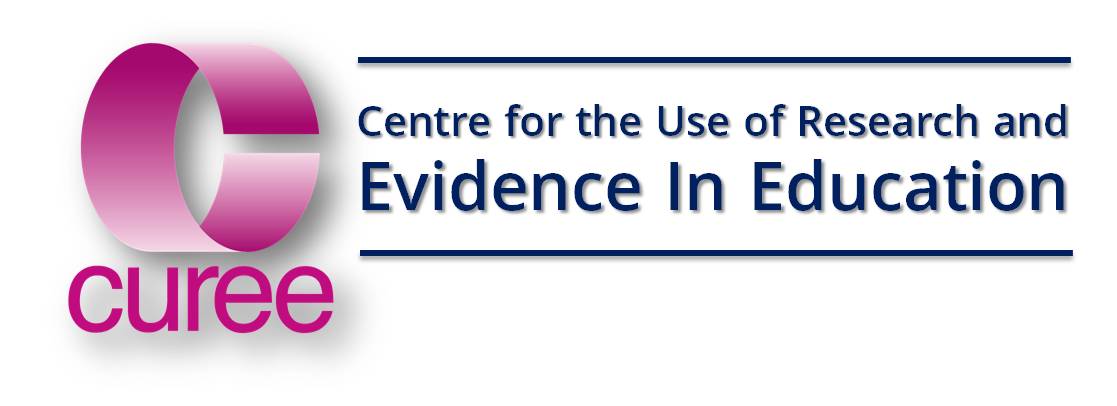The National Teacher Research Panel was set up about 15 years ago by CUREE supported by a group of national education agencies most of which no longer exist. It had three main goals:
- To ensure that all research in education takes account of the teacher perspective
- To ensure a higher profile for research and evidence informed practice in government, academic and practitioner communities
- To increase the number of teachers engaged in and with the full spectrum of research activity.
Over the several years of its existence, the Panel, supported by its expert advisers in CUREE, has helped and encouraged dozens of teachers and school leaders to do high quality but practical research. The Panel also helped them report their findings succinctly, in plain English and focused on relevance to other practitioners. This is one such example of that work.
For this TLA research summary we looked at a systematic review of studies into whether and how collaborative continuing professional development (CPD) affects both teaching and learning. Collaborative CPD was initially defined as teachers working with at least one other related professional on more than a one-off basis. In fact, in all studies teachers collaborated with an external specialist and, in all but two, with colleague teachers for a period of at least twelve weeks. The reviewers sifted systematically through over 13,000 studies to find those that could answer their question in terms of both teacher and pupil outcomes. The findings are described in terms that teachers will readily identify with, such as the impact of the CPD on their knowledge, understanding, skills, beliefs, practice and attitudes - and, excitingly, on pupil motivation and achievement. The review also found a number of distinctive elements of the CPD, such as peer support, which were linked to successful outcomes for both teachers and students. The findings of this review have influenced a number of policy initiatives and helped schools and localauthorities build their professional development capacity. The review also raised a number of issues for practitioners to consider. It offers insights into those features of CPD which were found to be effective, ranging from peer observation and feedback to external expertise and coaching. It should prove helpful to teachers who are thinking about planning their professional development. Cordingley, Philippa, Miranda Bell, Barbara Rundell and Donald Evans. How does collaborative Continuing Professional Development (CPD) for teachers of the 5-16 age range affect teaching and learning? Centre for the Use of Research and Evidence in Education (CUREE): June 2003. The full review can be accessed at the EPPI-Centre Research Evidence in Education Library (REEL). You may also like to read our summaries of subsequent systematic reviews produced by the research team about teachers' professional learning and the role of the specialist in CPD.
File attachments:
Document section:
